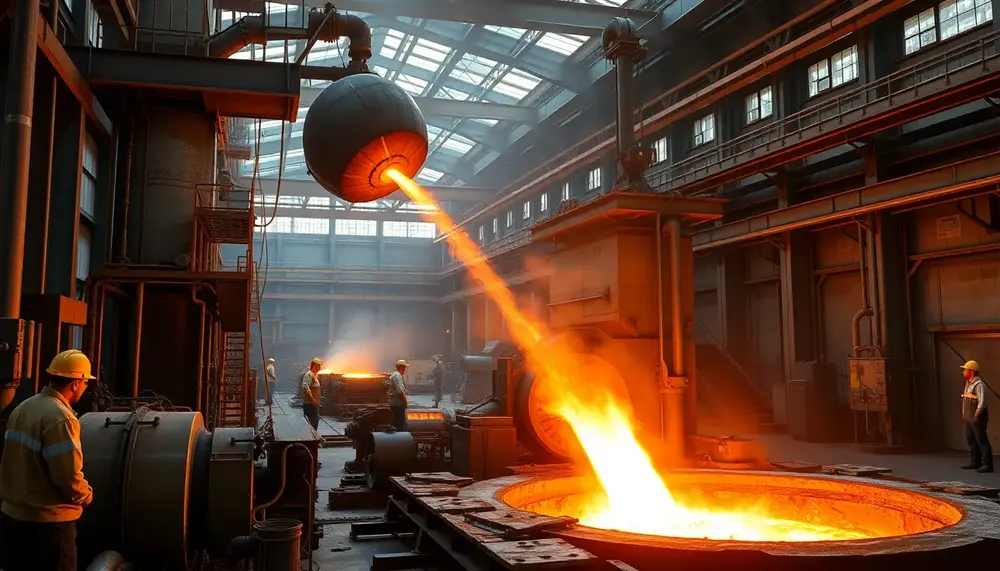Metalworking
Metalworking
Metalworking im Kontext von Stahlproduktion und Stahlhandel
Der Begriff Metalworking bezeichnet die Kunst und die Wissenschaft von der Verarbeitung und Formgebung von Metallen. Es ist ein weites Feld, das viele spezialisierte Techniken und Verfahren umfasst. Und in unserem Kontext der Stahlproduktion und des Stahlhandels nimmt Metalworking eine zentirole Rolle ein.
Verfahren des Metalworking
Es gibt viele Techniken im Bereich des Metalworking. Dazu zählen das Schmieden, das Schweißen, das Gießen und das Drehen. Diese Techniken werden bei der Produktion von Stahlprodukten angewendet. Dazu gehören beispielsweise Träger für den Brückenbau, Rohre für die Erdölwinung oder Draht für die Elektionik.
Metalworking in der Stahlproduktion
In der Stahlproduktion ist Metalworking ein unablässiger Prozess. Nach der Herstellung wird der Stahl in verschiedene Formen und Größen gebracht. Das wird durch verschiedene Techniken des Metalworking erreicht. Hier wird der Wert und die Nutzung des Stahls definiert.
Metalworking im Stahlhandel
Im Stahlhandel spielt Metalworking eine zweifache Rolle. Zum einen werden Stahlprodukte in ihrer endgültigen Form verkauft, die durch Metalworking entstanden sind. Zum anderen bieten viele Stahlhändler Dienste rund um das Metalworking an. Damit können sie maßgeschneiderte Stahlprodukte für ihre Kunden herstellen.
Warum ist Metalworking wichtig?
Metalworking ist wichtig, weil es die Art und Weise bestimmt, wie Stahl genutzt und gehandelt wird. Ohne Metalworking wäre Stahl nur ein Rohstoff. Erst durch das Metalworking wird er zu einem nützlichen Produkt. Das macht Metalworking zu einem wichtigen Teil der Wertschöpfungskette im Stahlhandel und in der Stahlproduktion.
Blog Posts with the term: Metalworking
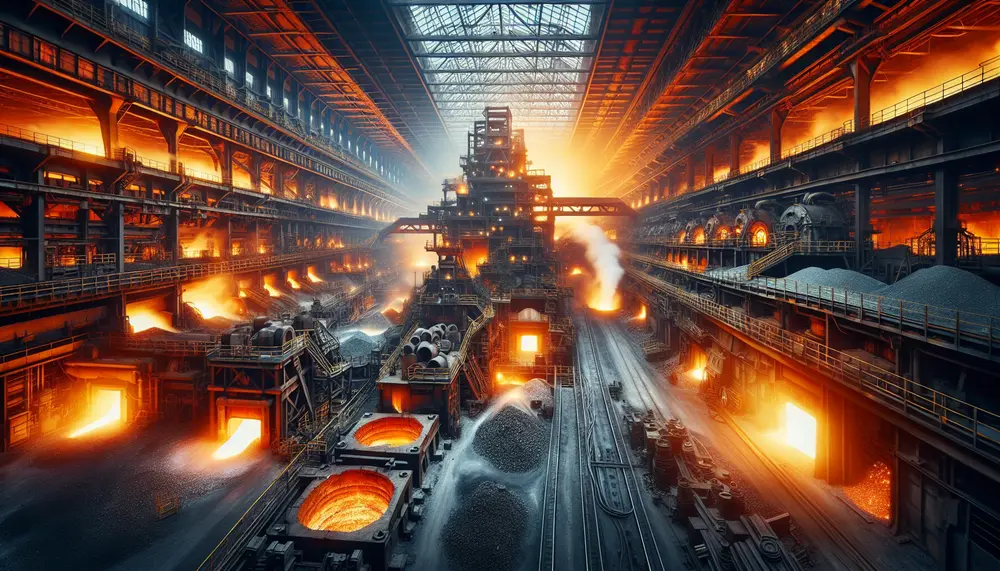
The Bessemer process, developed by Henry Bessemer in the 1850s, revolutionized steel production by efficiently removing impurities from molten pig iron using blown air and enabling mass production. This innovation significantly reduced costs and time for steel manufacturing, facilitating industrial...
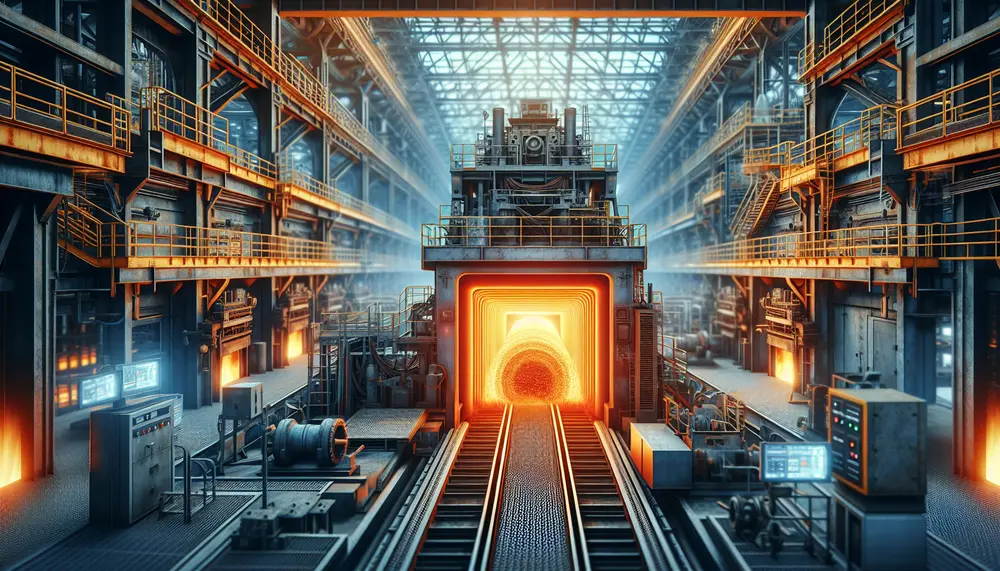
Induction furnaces have transformed steel making with their efficiency, versatility, and reduced environmental impact compared to traditional fossil fuel-based furnaces. They use electromagnetic induction for heating metals precisely and quickly, offering benefits like energy savings, improved productivity, metallurgical control, scalability,...
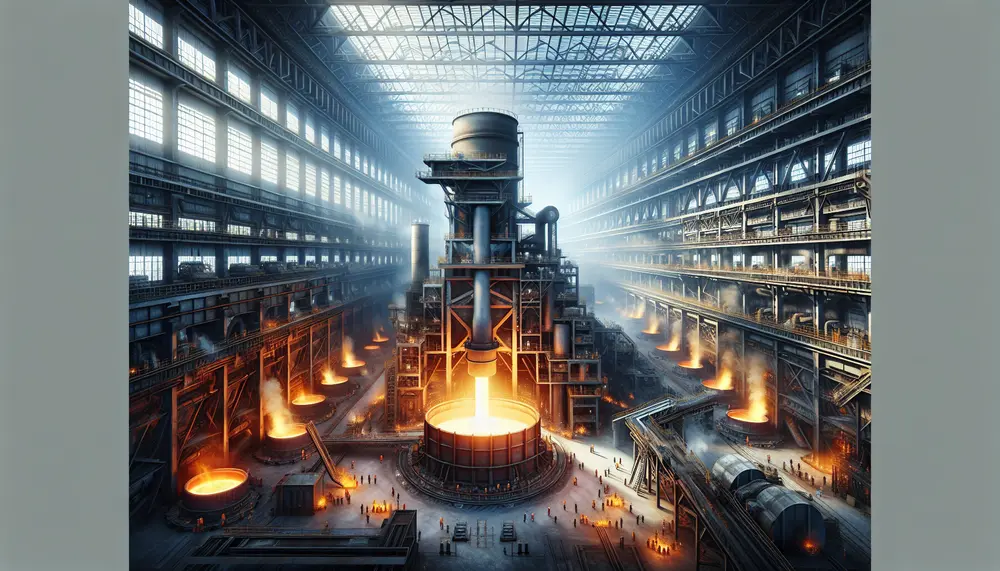
The article traces the history of steelmaking from early iron discoveries around 2,500 BCE to advanced techniques like Chinese cast iron production and Indian Wootz steel. It highlights key innovations such as smelting, forging by the Chalybes, and global influences...
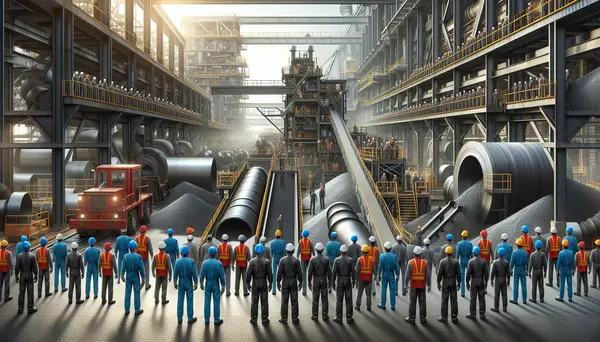
The article provides an in-depth look at the metal production process, from mining and refining ores to primary forming and secondary processes like heating, forming, cooling. It also explores different types of metal production methods including forging, casting, drawing/forming/machining, extrusion/cutting,...
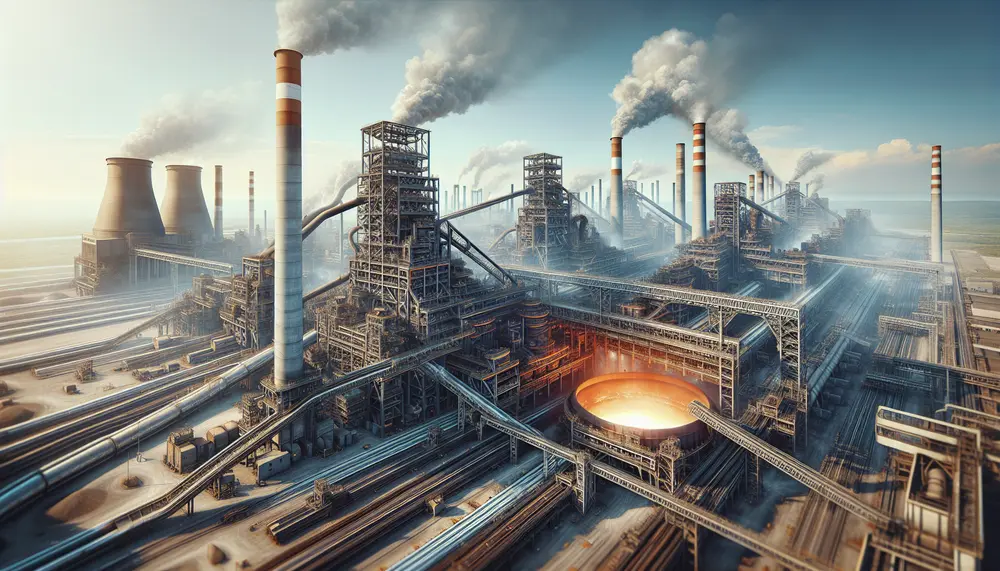
Steelmaking transforms iron ore and scrap into steel, a process that involves altering the chemical composition of iron to enhance its properties such as strength and durability. The primary methods include Oxygen Steelmaking for reducing carbon content in molten iron...
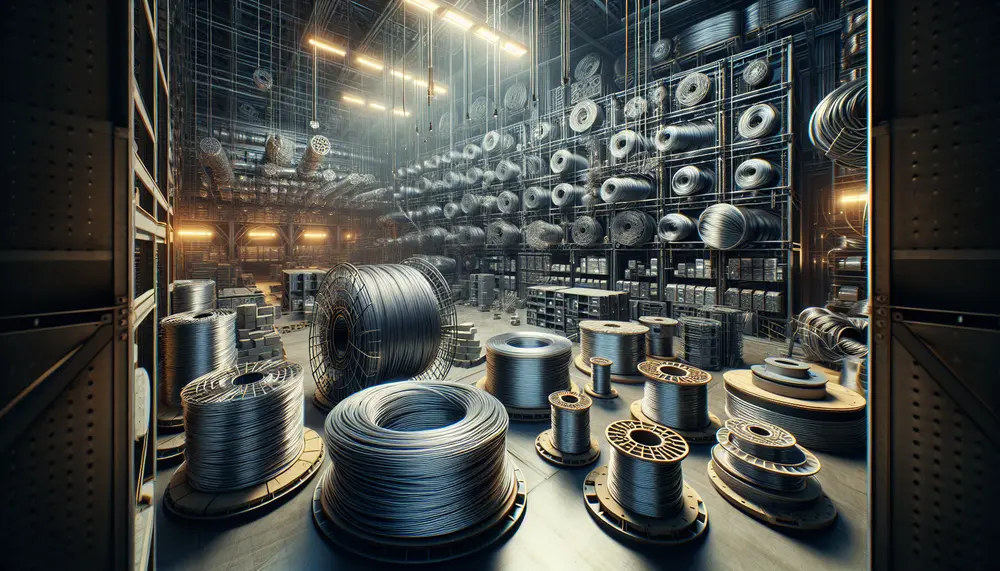
Steel wire products are known for their strength, durability, and flexibility, making them essential in various industries. They can be customized into different shapes and sizes using modern technology and made from various steel grades to meet specific needs across...
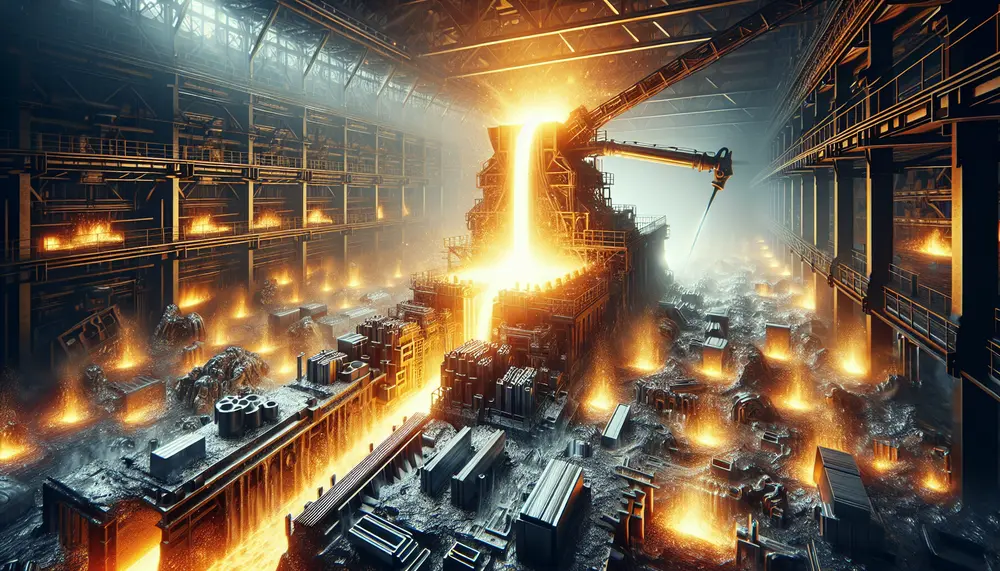
The steel production casting process involves melting raw materials, refining the molten metal, and pouring it into molds to shape solid products with controlled cooling to prevent defects. The variety of cast steels is determined by carbon content and alloying...
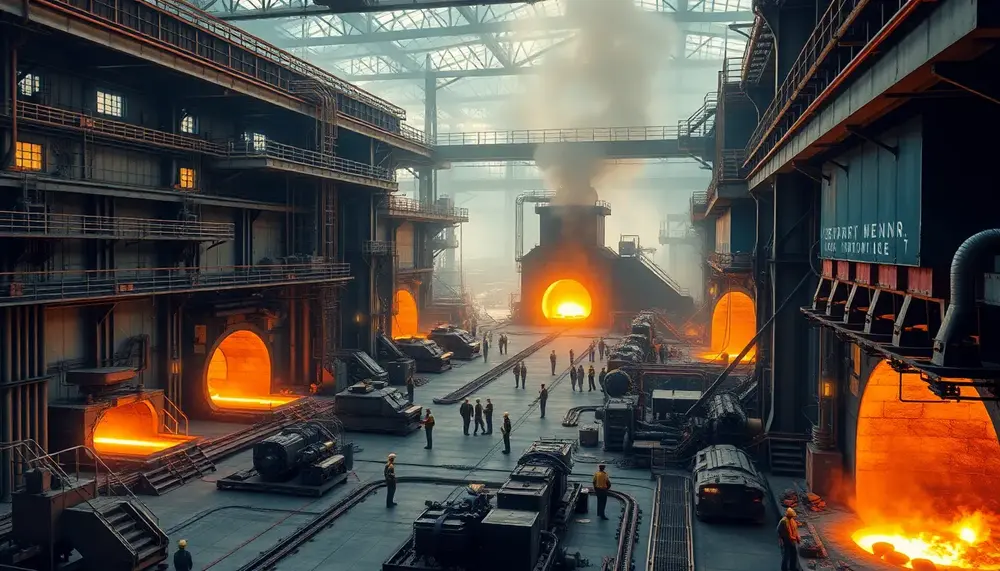
The article explores the historical and cultural significance of steel making, detailing ancient techniques like crucible steel production and emphasizing the importance of mastering carbon interaction in crafting high-quality steel....
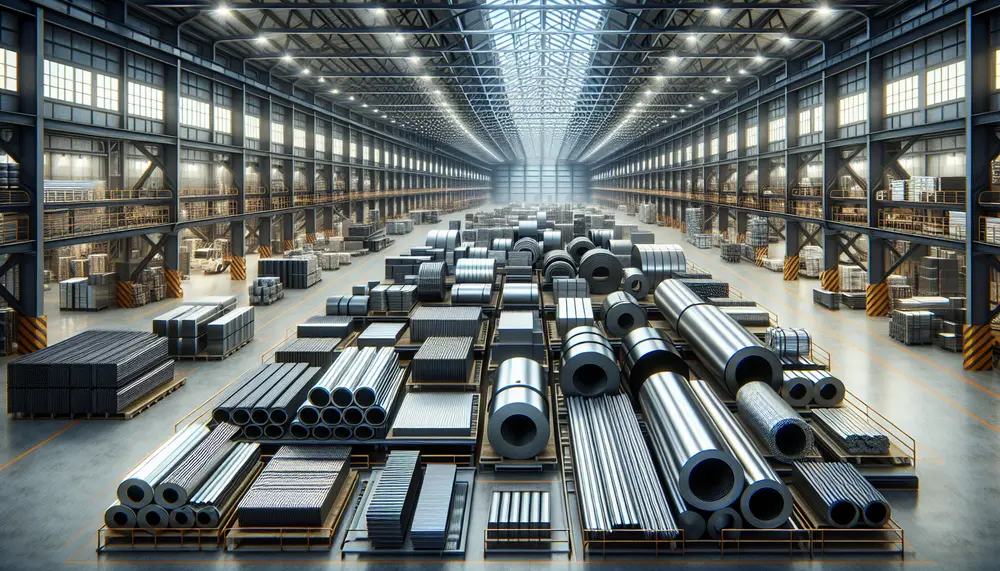
Steele Products specializes in high-quality steel goods known for their durability, versatility, and adherence to industry standards. Their products range from construction materials to custom items, offering a balance of traditional craftsmanship and modern technology that ensures longevity and customer...
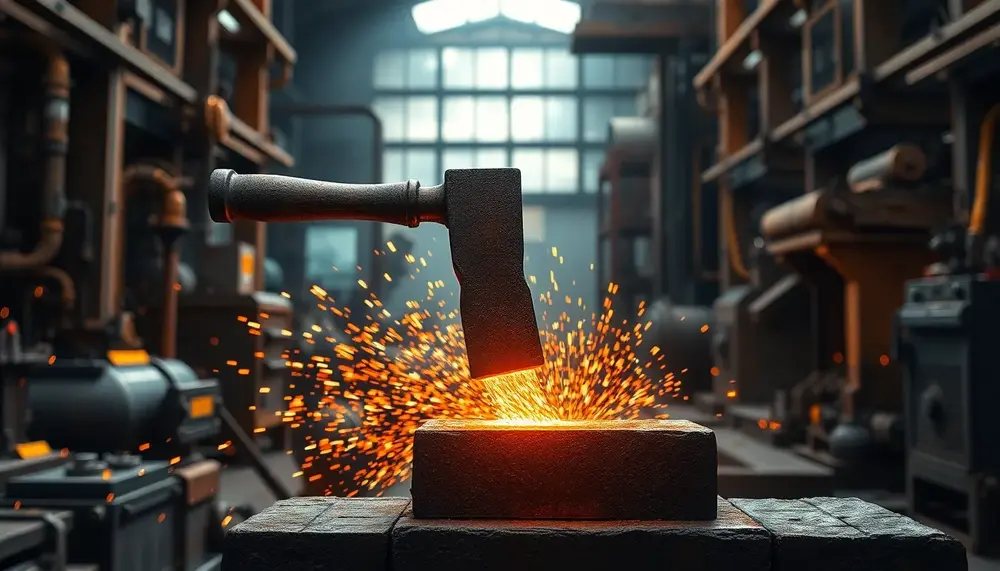
Steel making hammers are essential tools designed for durability, precision, and efficiency in metalworking processes, with various types tailored to specific tasks. Choosing the right hammer type and material ensures enhanced productivity, longevity, and craftsmanship quality in steel forging applications....
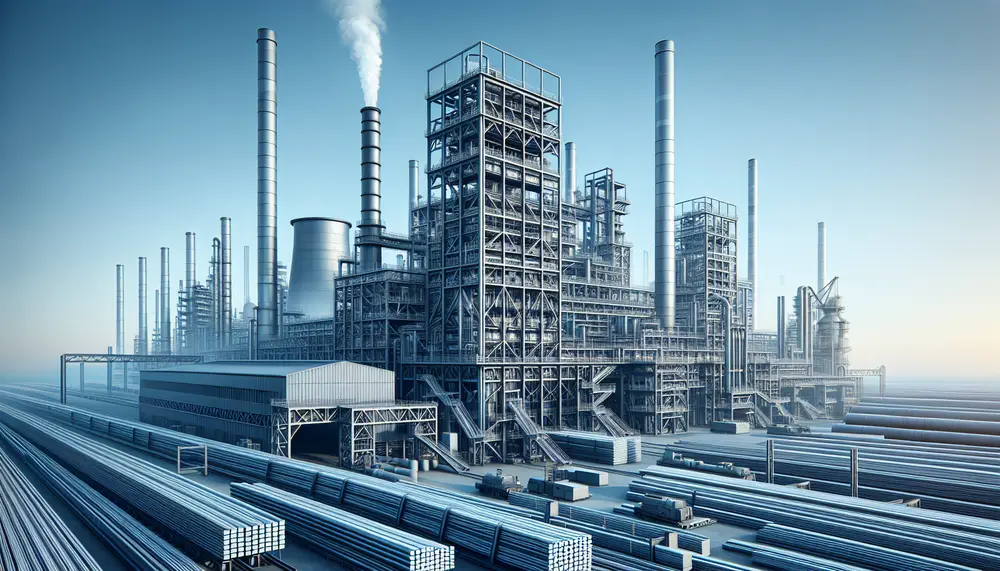
The article discusses the significance of names in steel manufacturing processes, which often reflect their inventors, locations, or characteristics and serve as a historical timeline of industry advancements. It also outlines how terminology has evolved with technology and globalization, providing...

